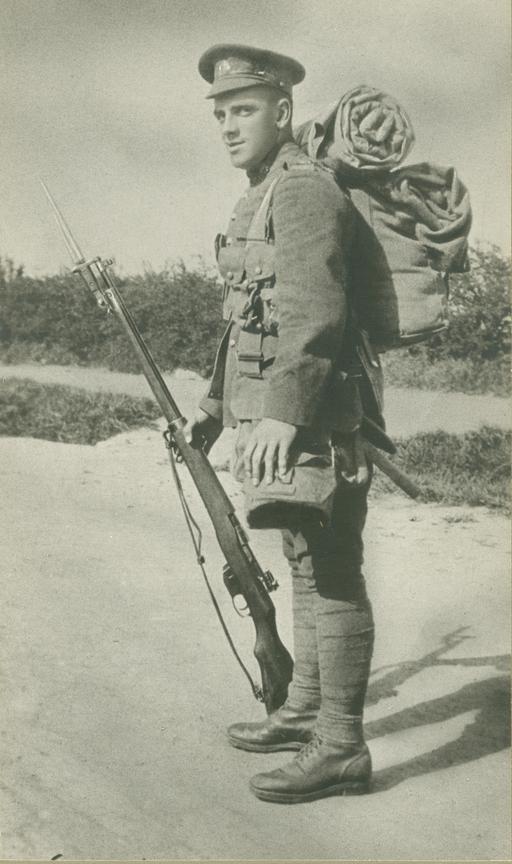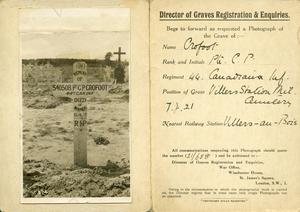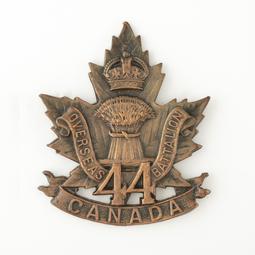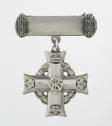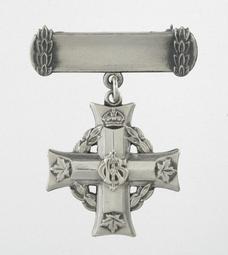Unit
44th Canadian Infantry Battalion
Branch
Infantry
Service Component
Canadian Expeditionary Force
Service Number
540508
birth
1892/02/19
Toronto, Ontario, Canada
death
1917/04/12
Vimy, France
grave
Villers Station Cemetery, Villers-au-Bois, France
Gender
Male
Charles Paul Crofoot was born in Toronto, Ontario, on 19 February 1892. He was the third child of William Crofoot, a shoemaker, and Hannah Crofoot.
A printer, Crofoot enlisted in the Divisional Cyclist Corps in Toronto on 19 November 1915. At the time, he had three months’ military experience in the Corps of Guides militia unit.
On 22 January 1916, Crofoot sailed for England from Halifax, Nova Scotia, on SS Missanabie, arriving in Plymouth on 30 January. Based at camp Bramshott, a Canadian military facility in Hampshire, for training, he was transferred to the 74th Canadian Infantry Battalion on 9 June 1916. A month later, he was transferred again, this time to the 44th Canadian Infantry Battalion. On 6 October 1916, Crofoot arrived in France. After orientation and further training at the Canadian Base Depot in Le Havre, he joined the 44th Battalion in the field on 1 November 1916. A month later, he was selected for Lewis gun training and spent a week at the Lewis Gun School in Le Touquet, France.
Crofoot died at No. 11 Field Ambulance on 12 April 1917 as a result of wounds received during the Battle of Vimy Ridge. Although there is no record of where or when he was wounded, his battalion had been involved in the assault on the two most heavily fortified German positions on Vimy Ridge: Hill 145 (10 April) and the Pimple (12 April).
Charles Paul Crofoot is buried in Villers Station Cemetery, Villers-au-Bois, France.

